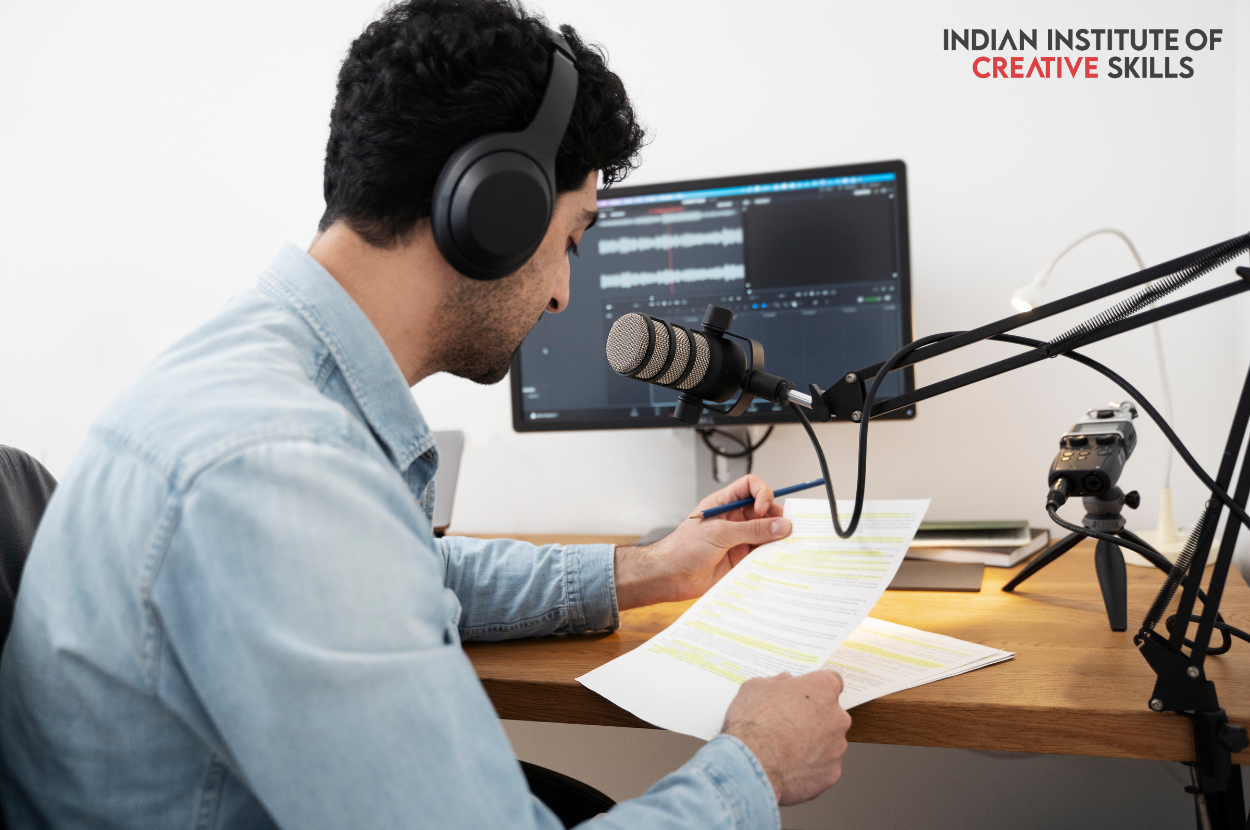Sound design is an art and a science – a craft fused with the creativity of an artist and the innovation of technology. The perfect melody is as good as lost if it doesn’t reach the right audience. A song or melody isn’t just a tune, it is the product of an auditory craft that demands the creative instinct of an artist and the technical know-how of the software.
If you are designing the soundscape for a feature presentation or you are sculpting sonic textures for music videos or video games, the command of music software is achieved only via discipline, experimentation with your skills, and a creatively thoughtful approach.
Here are a few steps that can help you take your sound design to the next level.
1. Understanding your gear
Firstly, get familiar with every piece of tech you have. Understand every function of your tools, what plugins are being used, sample libraries, hardware, which nob do what, and unlock your creativity.
The more familiarity you build with your tools, the quality of your sound production automatically goes up. This familiarity also helps you to enhance your creative functions while designing new tunes and tracks.
2. Structure your Sound Design Session
Creativity is a force that increases with consistent practice. Free jamming sessions are a great way to provide an outlet for your ideas and experiments, but consistently planned sessions help you to develop discipline and focus. At your own set pace, dedicate a set amount of time based on your schedule and priorities, but block out a time slot nonetheless.
Daily, weekly, or bi-weekly, you must create a routine to sit and practice to cultivate improvement. A dedicated time-bound practice session also helps you to reinforce your skills over time.
3. Experiment with your skills
Playing on set patterns is only the entry-level plan to pursue any sound design journey. Once you know the basics and you have familiarised yourself enough with your tools, get down to getting your hands dirty. Try out new combinations based on your style, mood, ideas, and inspirations. Let your curiosity lead the way and see where it takes you.
Try to keep the element of unpredictability and try out new patterns. Sometimes the most compelling music comes out when you are ok with the idea of it being wrong, new, unheard of, or discovering something wonderfully wrong.
4. Organized space = Organised pace
Keeping your creative space clean and organised helps you to do two things. First, find what you are looking for when you need it instead of looking for it all over the place and then losing your train of thought or inspiration. Physical or digital, a well-organised setup system is like a well-organised library with everything right where you want it.
Second, an organised sound-designed library would help you keep your eyes on the main objective- creating new music. It builds discipline, but it also helps you to speed up the creativity flow, which is necessary for any sound production aspirant.
5. Work on your listening skills
For a sound designer, listening is not just a mere activity; it is a valuable skill. The more enhanced the listening power of a musician is, the more he experiences his and other people’s work instead of just analysing it from a technical standpoint. Refined listening skills allow musicians to notice nuances, texture, the structure of the instruments, and the intention with which the song has been crafted.
6. Master Music Theory
Every sound, every note on an instrument, the lyrics sung by a singer, and the beats of any song can be mathematically traced as a numerical pattern. Sound design sits at the junction of creativity, technical precision, authenticity, and vibe. Even a slight understanding of music theory, knowing harmony, rhythm, scale, progressions, and scale shifts, brings a major transition to a song.
An understanding of these concepts helps to bring more clarity, emotional impact, and a soulful vibe, and communicates the intention behind the song.
7. Staying Focused & Moving Forward
Crafting any song is not just about the result destination but rather about the journey that has led the artist there. It is very easy to get lost in the journey, get trapped under the mountain of knowledge, lose inspiration, or even experience impostor syndrome setting in when you are close to your destination. IN a situation like this, it is important to realise that these are just feelings and your goal is bigger than these feelings.
Conclusion:
The sound design course is for those who can feel the beats of every song in their chest, the rhythm thumping in their heart, and the lyrics of any song speaking to them. Anybody can become a sound designer with the right skill set, the knowledge of how music gets made, and a creative vision waiting to be fulfilled, and IICS India will help you to achieve your dreams.




